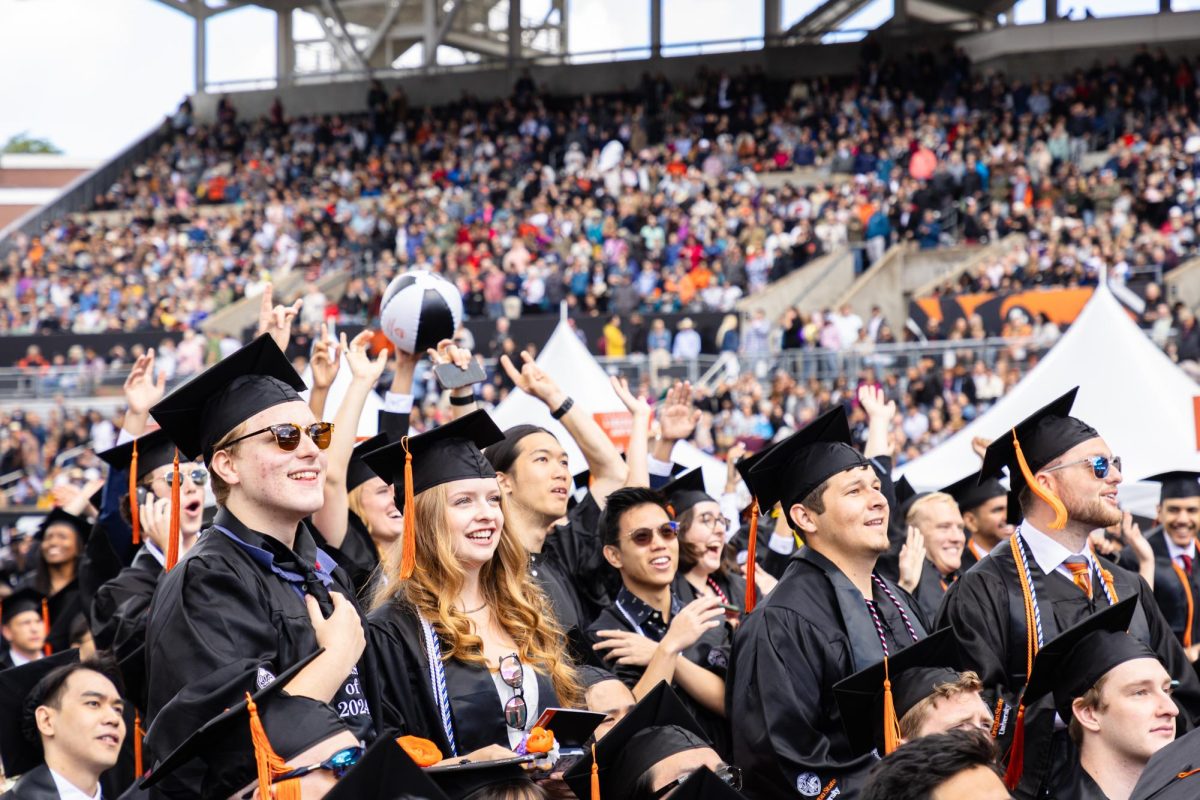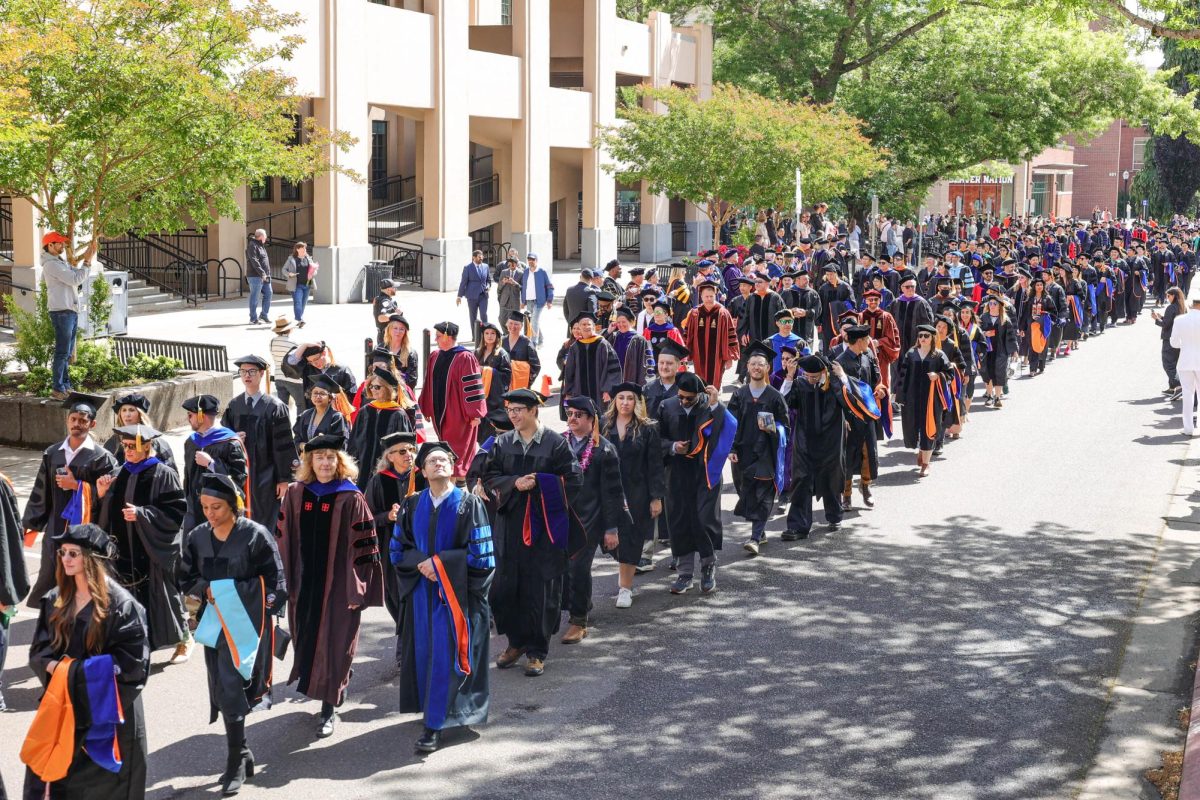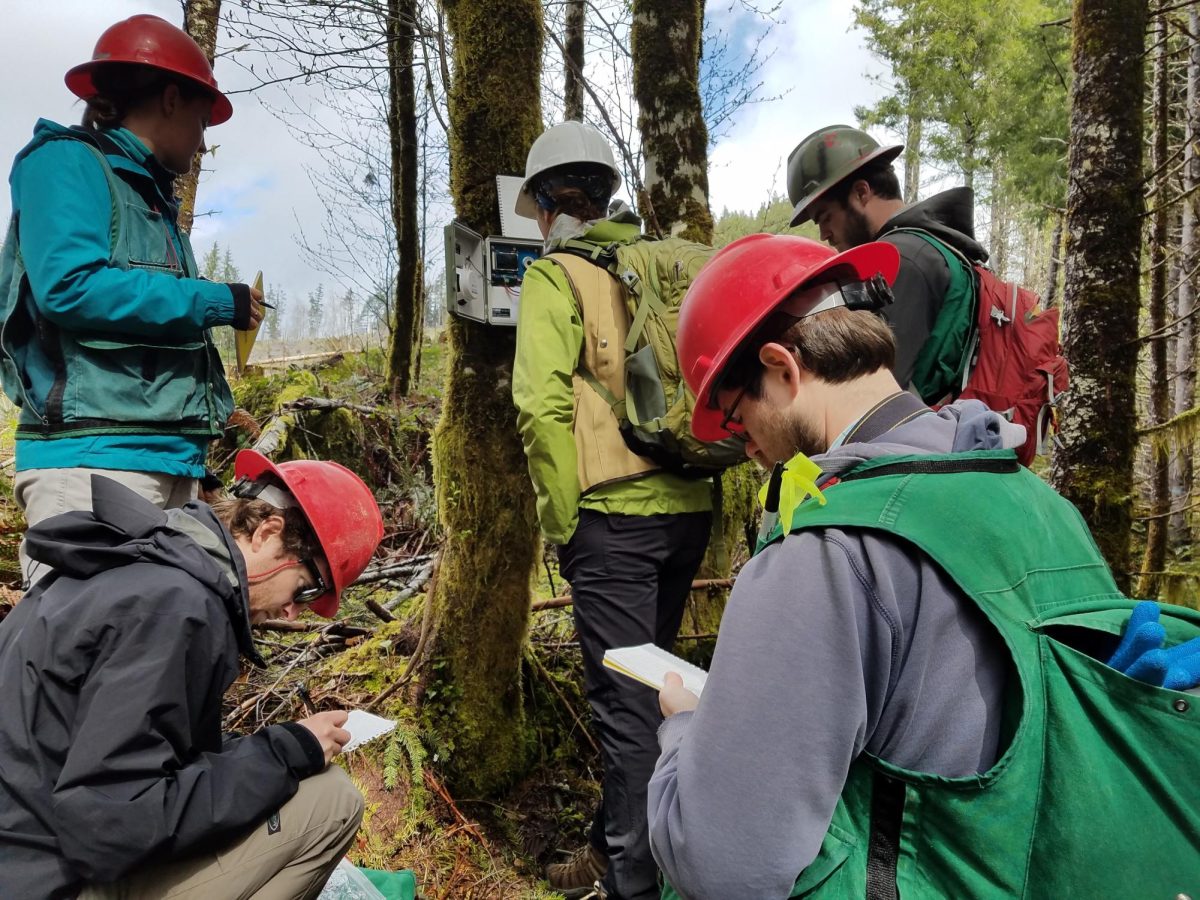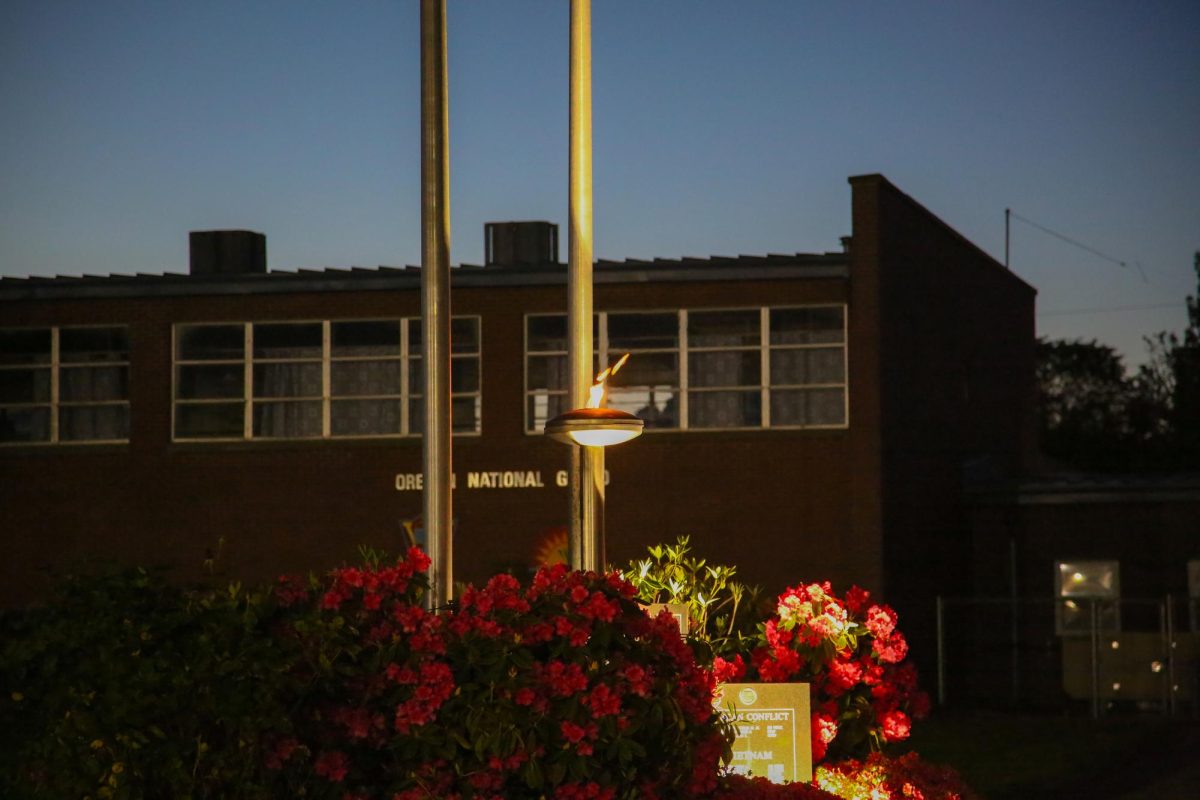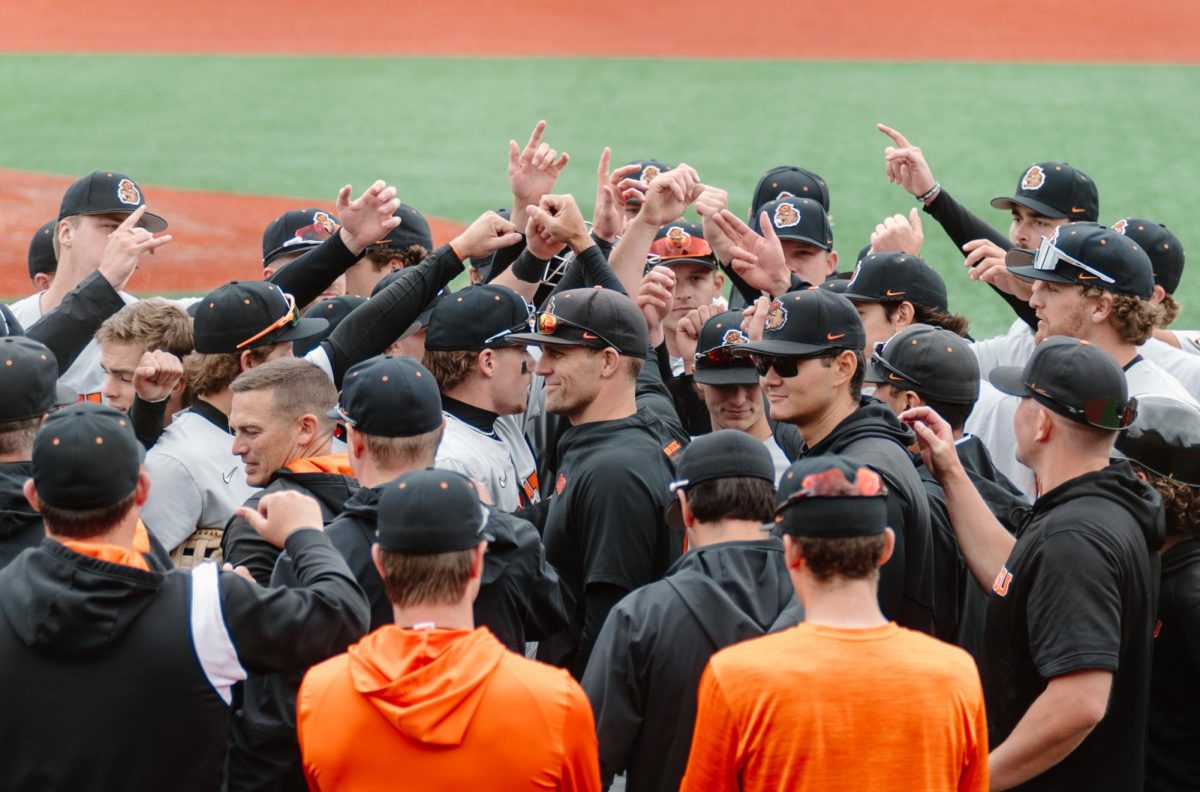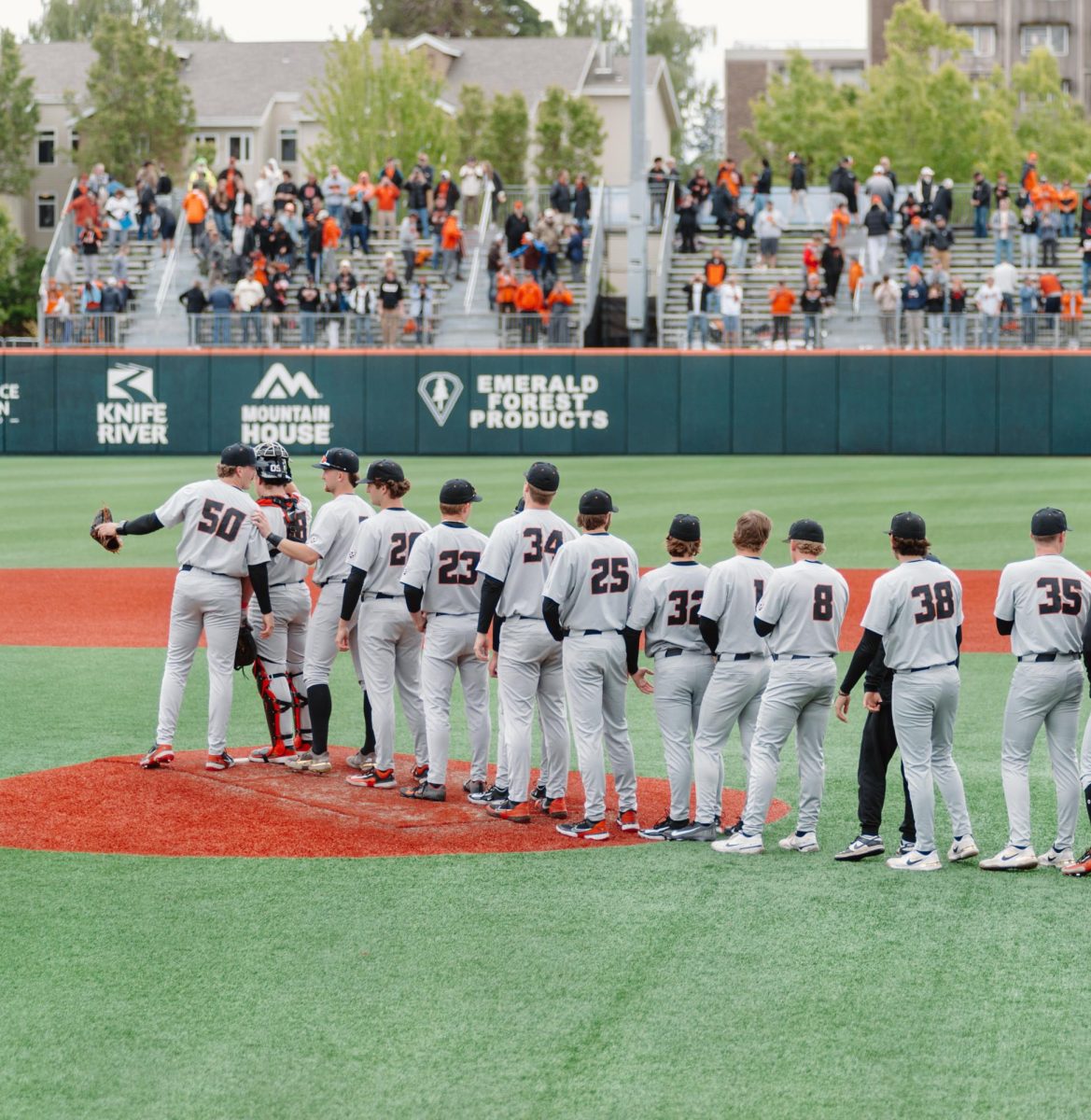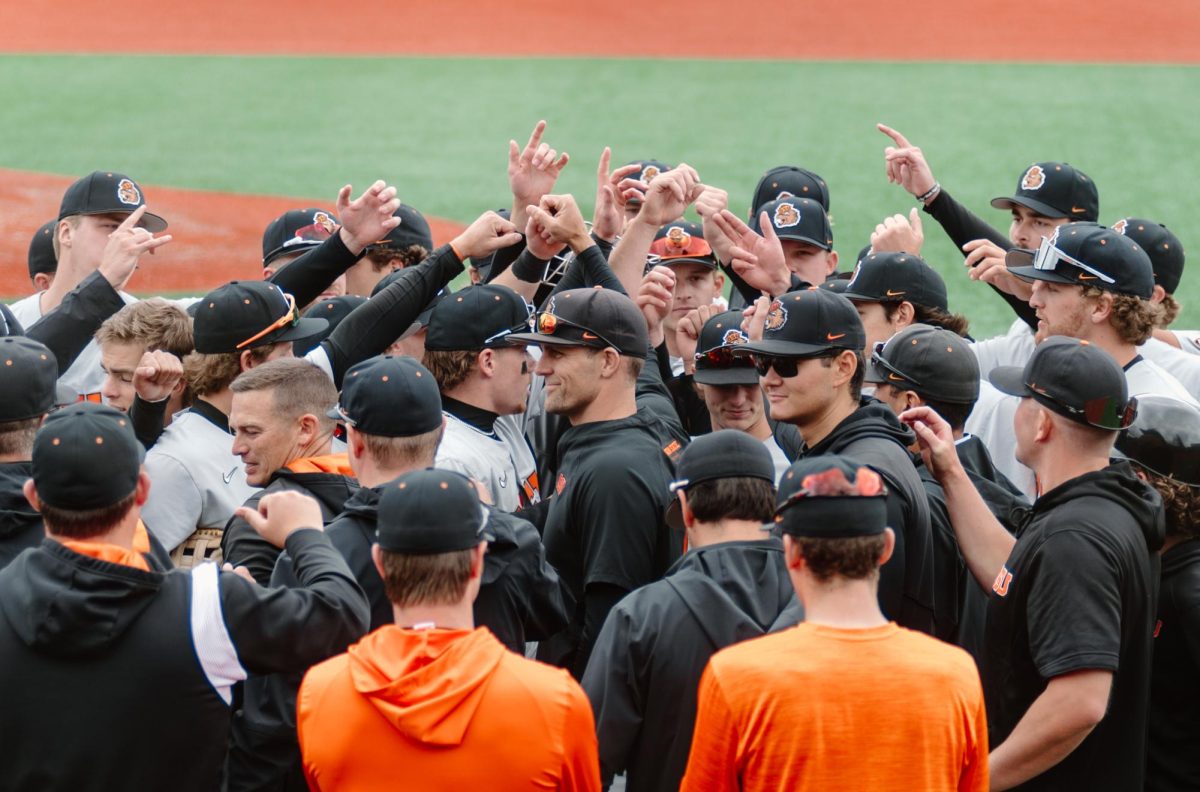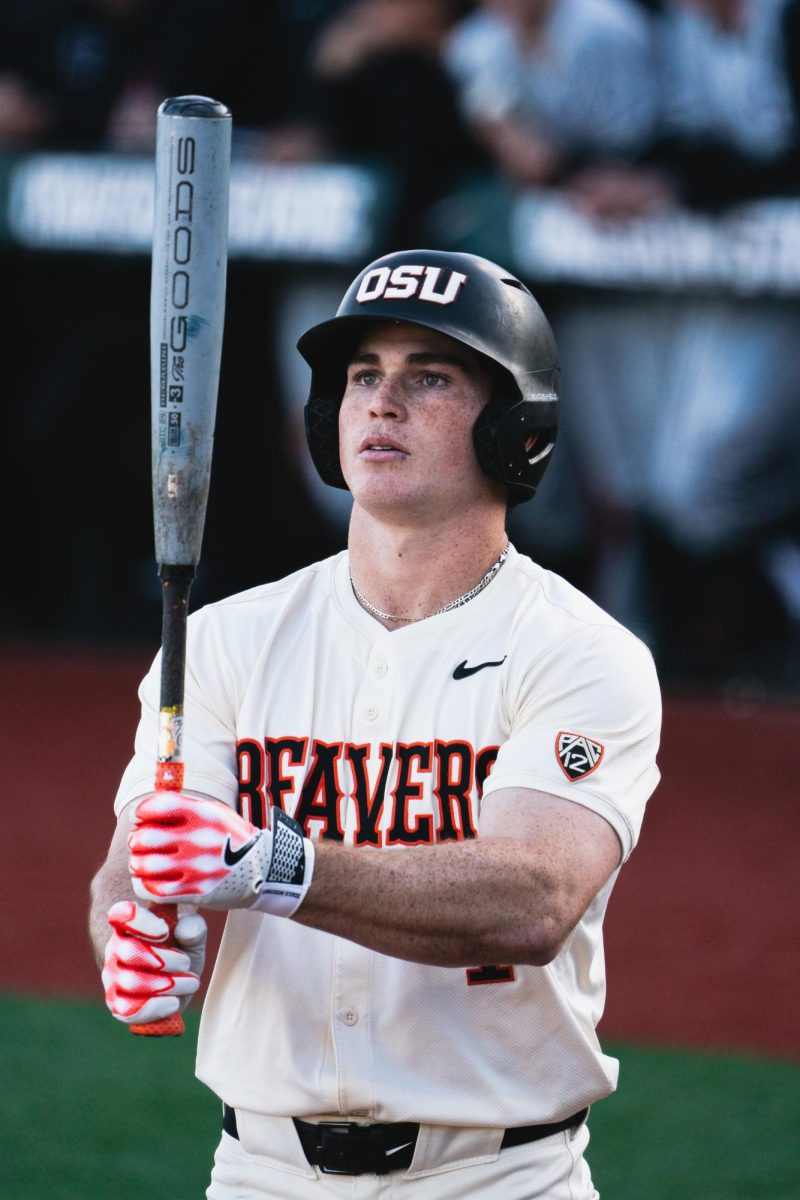Correction: This story has been updated to correct Jonathan Smith’s alma mater.
After 108 years, the PAC-12’s final season will come at the end of the 2024 spring season.
The final PAC-12 tournament concluded on May 25 with Arizona Wildcats Baseball coming out on top.
As the fall season approaches, many students and fans are left wondering what it’s going to look like for the former PAC teams.
Oregon State: As one of the two remaining PAC-12 teams, OSU remains one of the biggest question marks in the realigning.
Football: After an impressive season, Beaver football narrowly missed the top 25 for College Football Rankings and was even in contention for the PAC-12 championship.
Head coach and 2022 PAC-12 coach of the year, Jonathan Smith, announced his departure from OSU, his alma mater, to Michigan State, in December 2023, bringing the 17-year-old quarterback Aidan Chiles with him.
This ignited a transfer portal frenzy for other OSU players such as starting quarterback DJ Uiagalelei, wide receiver Silas Bolden, cornerback Jermod McCoy, and tight end Jack Velling to name a few.
Beaver football has come to a scheduling agreement to play at least six games with the Mountain West conference.
Despite our in-state rival, the University of Oregon, not being in the same conference, the schools have agreed to keep the rivalry alive.
The Ducks and Beavers will be playing each other in a non-conference game on Sep. 14 at Reser Stadium.
The Ducks aren’t the only former PAC-12 team the Beavers are facing. On Oct 26, they will play the University of California Berkeley in a non-conference game.
The final home game for the Beavers will take place against PAC-2 foe, Washington State, who has joined the Mountain West with OSU. Although Oregon State signed a $14 million deal with the Mountain West they will not be eligible for the Mountain West championship.
NCAA preseason rankings have been released and Oregon State does not reach the top 25, despite being ranked 18 last preseason.
We can expect the Beavers to cruise through their new Mountain West associates; however, there are big losses ahead of them.
The Ducks will likely roll over the Beavers even if they play their second-stringers.
The Beavers may give Purdue a run for their money, but we can anticipate another preseason loss.
Due to the lack of competition in the Beavers’ schedule, OSU may not be able to make a postseason run.
Fans can hope a small bowl game victory is in their future.
Baseball: The fate of OSU baseball was determined by declining the opportunity to join the West Coast Conference and instead pursue an independent schedule.
Ultimately this will improve the program’s credibility, still creating an appealing opportunity for high school recruits.
OSU baseball has remained the school’s most successful program in the past decade.
The team constantly makes postseason appearances and remaining independent will keep their NCAA ranking higher because of the difficulty of schedule.
Basketball: OSU women’s basketball had one of the most impressive runs in program history. The team made it to the Elite 8 in March Madness and finished fourth in the PAC-12 tournament.
The realigning of conferences caused the bulk of our players to enter the transfer portal.
Sophomore center Raegen Beers, junior guard Talia von Oelhoffen, and sophomore Timea Gardiner were a few of the star players to part ways with the school.
The men’s team had a less impressive season and lost their star player sophomore guard Jordan Pope.
Both teams will be aligned with the West Coast Conference.
Other Sports: Women’s rowing, women’s volleyball, women’s cross country, men’s and women’s golf, men’s and women’s soccer, and softball have all signed a two-year contract to align with the West Coast Conference.
Programs TBD: Gymnastics, wrestling, women’s indoor/outdoor track and field, and men’s rowing have yet to find a home.
Fans can hope that with wrestling and gymnastics reputable program history they find themselves playing an independent schedule.
Women’s indoor/outdoor track and field and men’s rowing are both up in the air. An independent schedule seems unlikely for either program.
Washington State: Similarly to OSU, Washington State football will play in the Mountain West Conference, with the majority of their other programs heading to the West Coast Conference.
However, their baseball and women’s swimming programs will follow the football team and align with the Mountain West.
Unlike football, both sports will be eligible for postseason conference championships and awards.
UCLA and USC: In June 2022, the two southern California rival schools were the first programs to initiate the breakup.
Hand-in-hand the two schools head to the Big 10. The schools will fly as far east as New Brunswick, New Jersey.
In many sports, USC and UCLA rank highly among other NCAA schools, so their realignment may prove to be beneficial.
That is of course, if their student-athletes can get used to the jet lag.
Colorado: Coach “Prime Time” Deion Sanders and the Buffalos was the next school to make a move.
In July 2023, the school announced that they were Big 12 bound.
This may not have been as much of a shock as some of the other schools, considering the Buffs were a Big 12 team 13 seasons ago.
However, their sports programs do not meet the high level of intensity as most of the other schools.
Their football team was projected to be a top-25 team this past season, yet their performance was merely subpar.
Oregon and Washington: The next schools that continued to reduce the PAC-12 to PAC-7, were the front runners of the 2023 football season.
Oregon and Washington will be following UCLA and USC to the Big 10 among other schools making it a 17 school conference.
After both schools’ quarterbacks made a bid for the Heisman, the Pacific Northwest schools’ success should skyrocket playing in such a competitive conference.
The College Football Playoff Association seems slightly biased toward the conference regarding seeding.
Arizona State, Arizona, and Utah: Shortly after Oregon and Washington announced their departure, ASU, Arizona, and Utah disclosed their plan to go to the Big 12.
Out of the schools that have left the PAC-12, these three programs and Colorado have the least travel distance.
California and Stanford: On Sep. 1 the last two schools to leave the PAC notified the public that they were making a cross-country move to the Atlantic Coast Conference or ACC.
Time change for the schools’ student-athletes is going to be the biggest hill to climb for these programs.
The farthest the schools would travel in the PAC was about a four-hour plane ride to Pullman Washington.
The farthest plane ride in the ACC is about six hours, not including connecting flights.
Summary: Oregon State and Washington State football teams will play in the Mountain West Conference, but the majority of their programs will head to the West Coast Conference, with the exception of Oregon State baseball, which will be playing an independent schedule, and Washington State women’s swimming and baseball which will be joining the Mountain West.
UCLA, USC, Oregon, and Washington will be joining the Big 10.
Colorado, Arizona, Arizona State, and Utah will align with the Big 12.
California and Stanford will join the ACC.
After 108 years of PAC-12 play, we can finally say goodbye to the most underrated conference in collegiate sports history.

